
The food and drink industry has launched an unprecedented investigation to identify the sources of an estimated 400,000 tonnes a year of food waste.
Wrap is to probe practices at suppliers and retailers across the UK to try to pinpoint where better redistribution systems could be brought in.
It admitted this week that current information on waste from retailers and suppliers was years out of date, with Wrap’s latest estimates in January (based on 2011 reports) suggesting 250,000 tonnes of food is wasted by retailers each year but a massive 3.9 million tonnes by suppliers.
Food redistribution charity FareShare has estimated at least 400,000 tonnes could be used for human food, but instead ends up going to anaerobic digestion or animal feed.
“We want to get a much better idea of where that food is going,” said Estelle Herszenhorn, manager of manufacturing and supply chain at Wrap.
“A lot of attention has focused on consumer food waste.
“This is the first time we’ve probed into this level of detail in the supply chain.”
The move was revealed days after the government warned it would consider forcing supermarkets and suppliers to follow Tesco’s lead in making their individual contributions to food waste public.
Defra minister Rory Stewart said there was a “good argument” for forcing the move so companies could be “named and shamed.”
“How on earth are we supposed to hold people to account if we cannot work out how much individual people are doing,” he said.
MPs also criticised the slowdown in the reduction of food waste in the industry, with experts predicting it will struggle to hit the 2015 target of a 3% reduction, after an interim report on phase 3 of the Courtauld Agreement showed waste levels had actually gone up.
Stewart said he would look at enforcing tougher targets on the industry, but sources told The Grocer the study by Wrap could stave off such a crackdown, as it would show the industry is serious about ramping up its efforts.
“The Courtauld work would not have probed into the same level of detail as this new study, ” said Herszenhorn, who said the report was due out in the autumn and would include information from trips in the field as well as using data from retailers, suppliers and Wrap itself.
“We want to go much further than we have before,” she said.
The move was welcomed by Baroness Scott of Needham Market, who chaired the House of Lord’s inquiry into food waste which reported a year ago, with members describing levels of waste as “shocking.”
“We found it very difficult in the inquiry to get a grip on exactly where the hotspots for waste were in the supply chain,” she told The Grocer.
“There is a lot of work going on in the food and drink industry and everyone is acting in their best interests but there’s been much less work on what’s going on across the whole supply chain.
“There have been big gains by the likes of Sainsbury’s and Tesco getting on top of food waste but there is so much more to be done with the smaller companies and the tail of the supply chain.”
Sainsbury’s CEO Mike Coupe, who alongside Baroness Scott and other leading industry figures spoke at a FareShare summit on food waste this week, told The Grocer while companies like Sainsbury’s had been supporting food redistribution for 20 years, the issue had now become a huge priority for consumers.
“From a customer point of view waste is the number one issue ,” he said. “Both from the £700 a year they can save from not wasting food but also the expectation that the industry is doing what it can to reduce waste.”
Sustainability experts Anthesis have been recruited by Wrap to help draw up the Food Waste Quantification Study.




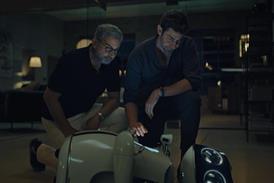




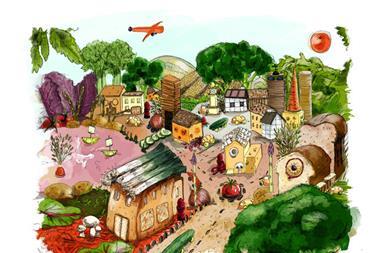

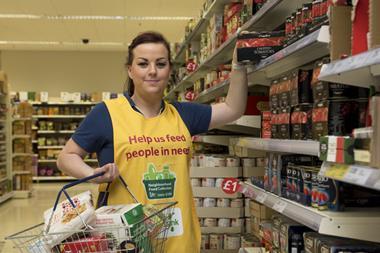
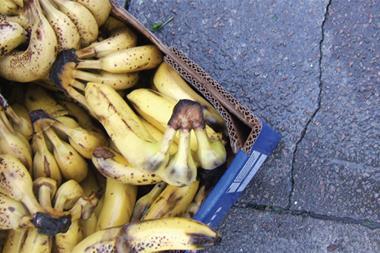

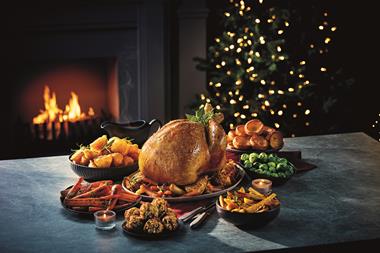



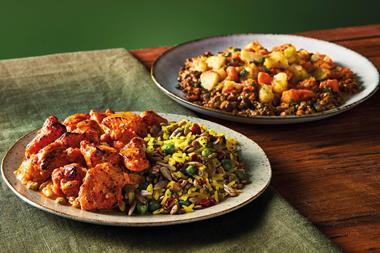
1 Readers' comment